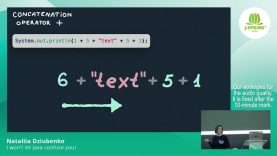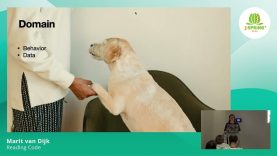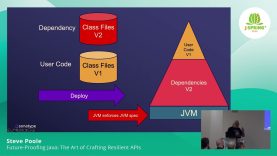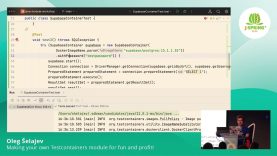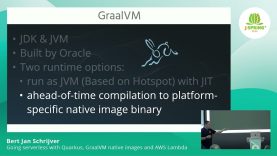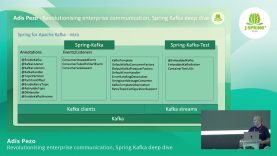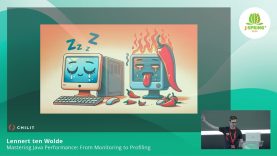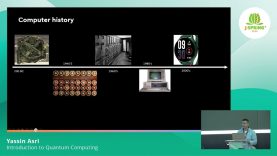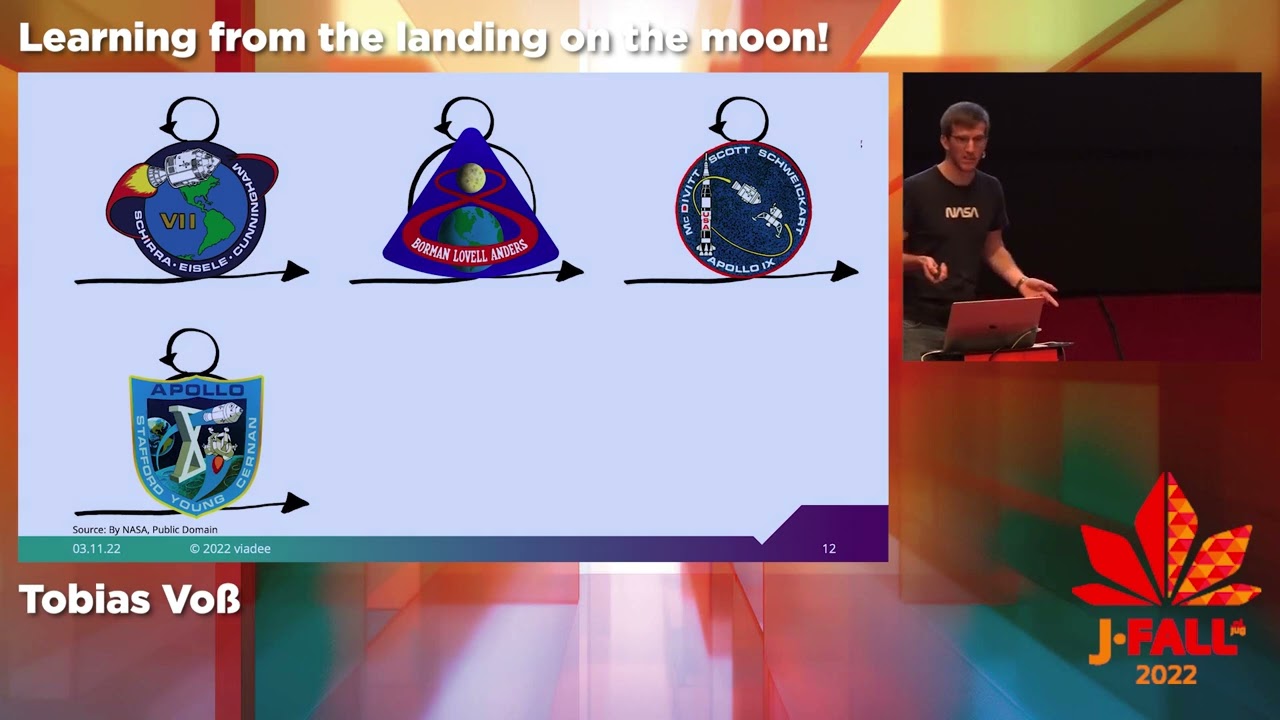
J-Fall 2022: Tobias Voß – Software archaeology – Learning from the landing on the moon!
The landing on the moon was about 50 years ago and mankind plans again big space programs. IT played a major role at the first moon landing and many important fundaments of software engineering were established. The term itself was coined by Margaret Hamilton during the design of the Apollo Guidance Computer (AGC), the control software of the Apollo lunar lander. I want to practice a bit of software archaeology in contrast to current technology hypes with a retrospection of the groundbreaking achievements of the AGC. Priority scheduling, multitasking and a realtime operating system were implemented for one of the first embedded systems. A virtual machine – a new concept as well – provided mathematical functions and abstracted from the hardware. One of the main success factors was the robustness of the software, which was characterized by excellent error handling and prevented human user errors – an important learning after Hamiltons daughter crashed the AGC while playing with it. This quality kicked in minutes before the landing and prevented the failure of the mission. Let us take a look back to the future!



